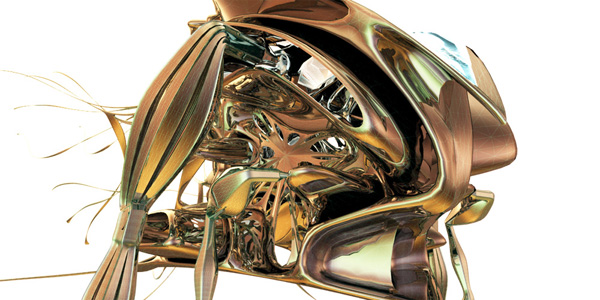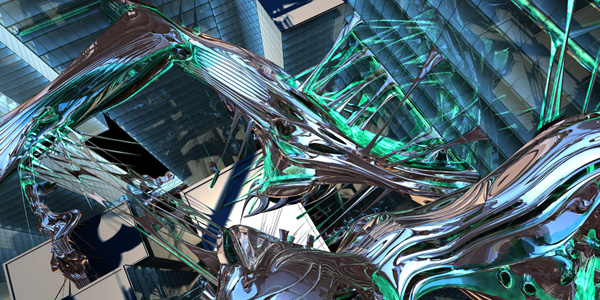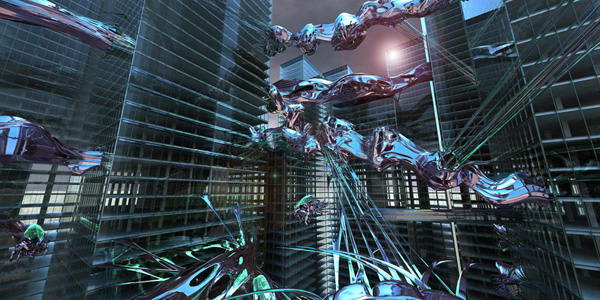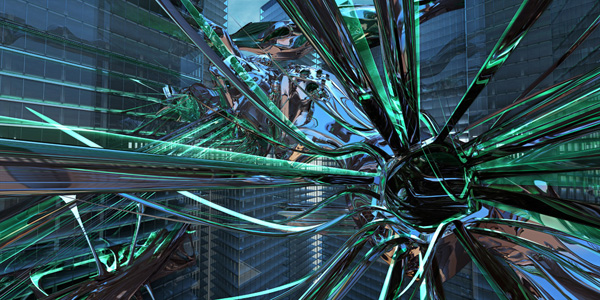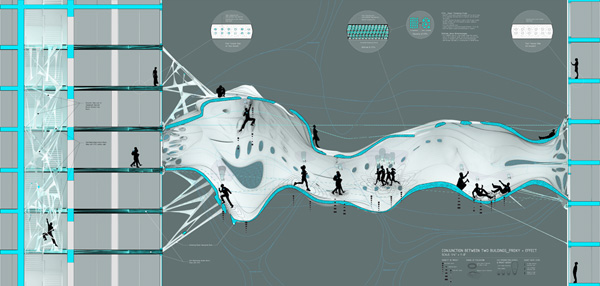This thesis by Alexa Getting proposes a disparate trajectory of architecture: a dissension from current design practice, a design practice that is no longer confined to or constrained by a building code and standardization which inevitably lends itself to apathetic and conditioned users. Rather, this thesis probes a trajectory of architecture that capitalizes on an urban and architectural reconsideration of conditioning, via a design intervention of perpetually transforming space. This spatial strategy affords the user a higher level of self-awareness through re-conditioning, or what this proposal terms “hyper-conditioning.”
Traditionally, conditioning exposes our detachment from the built environment. Highly-conditioned occupants are characterized by having a predictable or consistent pattern of behavior as a result of having been subjected to certain circumstances over time, which in turn prevents the user from experiencing architecture in a visually and a physically stimulating manner; autopilot engages. Users robotically pass through architecture, as if it is simply a way to get from point A to point B, forgetting that the majority of one’s life is spent confined within these conditioned walls.
Architecture needs to become more than just a static structure linking two points. It needs to become an unpredictable, ever-distorting, transforming, interactive, stimulating environment which allows the user to become consciously aware of oneself again. Once acknowledging the unlimited possibilities of spatial experience with indefinite distortion, architecture may paradoxically re-condition the occupant to become hyper-conditioned, overly stimulated in a semi-predictable manner. This hyper-conditioning will re-invigorate the physical and visual relationship between the user and the architecture. By linking these elements (the user and the continually distorting space) the occupant assumes perpetual dexterity within a conjunctive spatial system, thus cultivating an actively (mentally and physically) aware occupant. In order to rethink the future of architecture we must allow architecture to change continually, literally.

